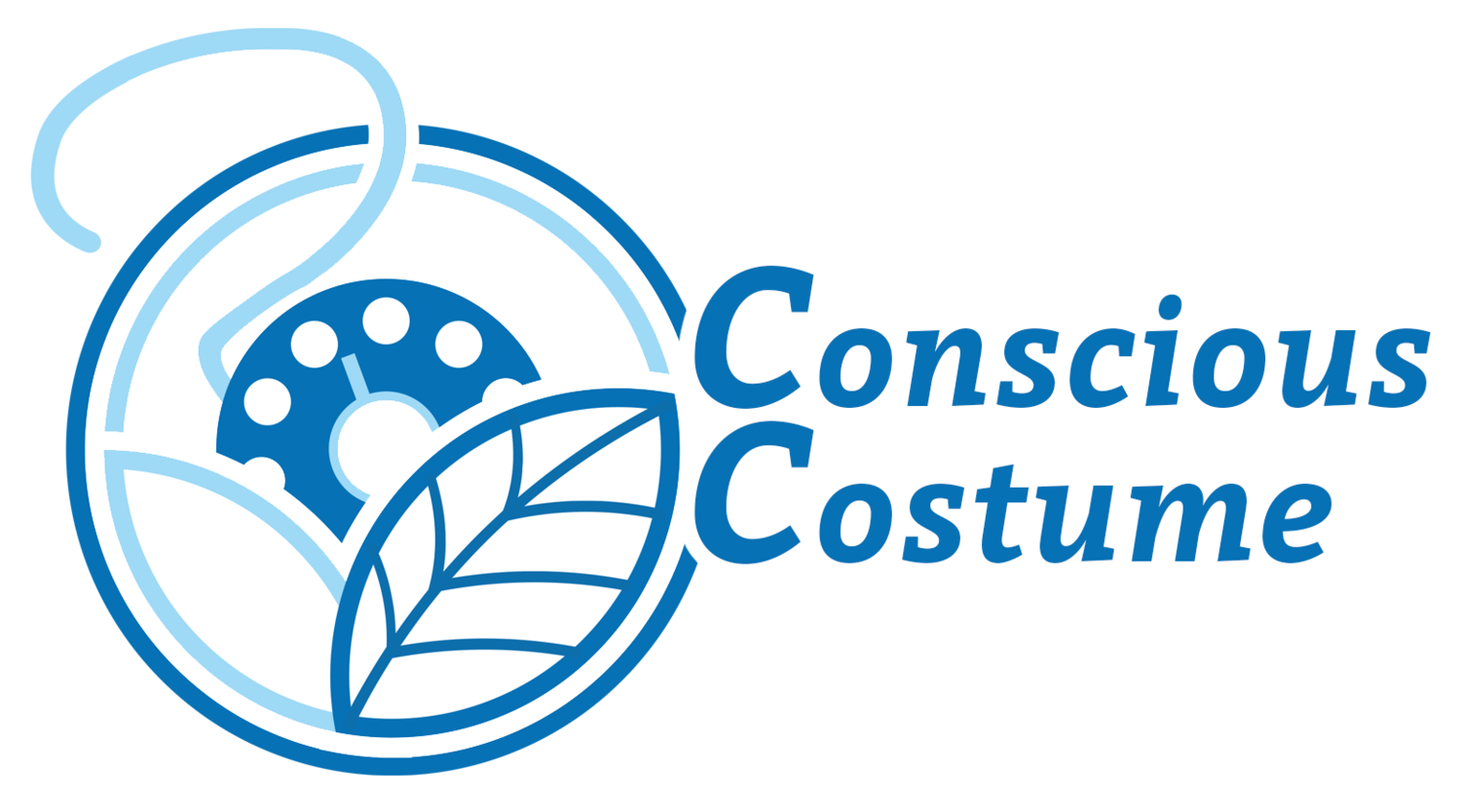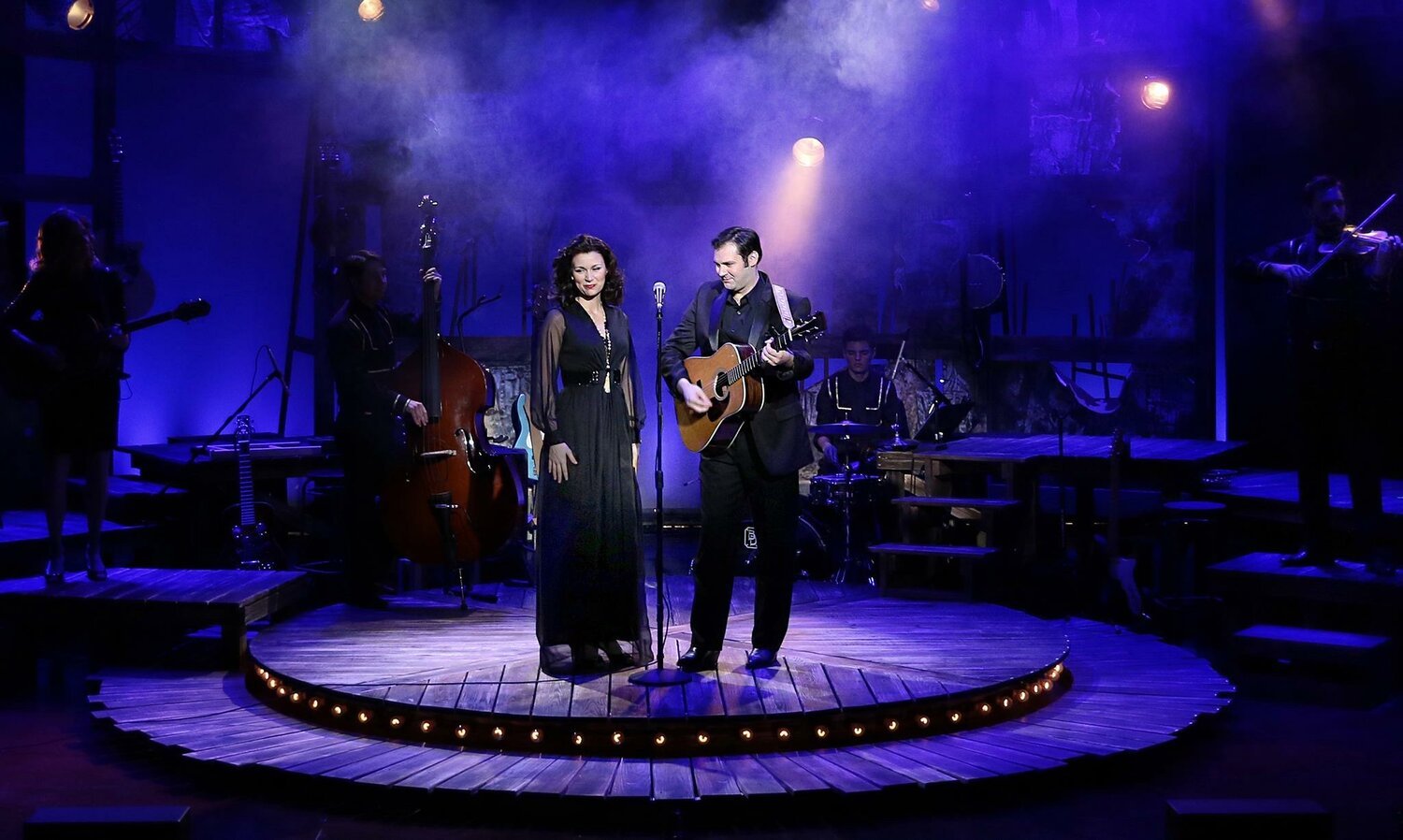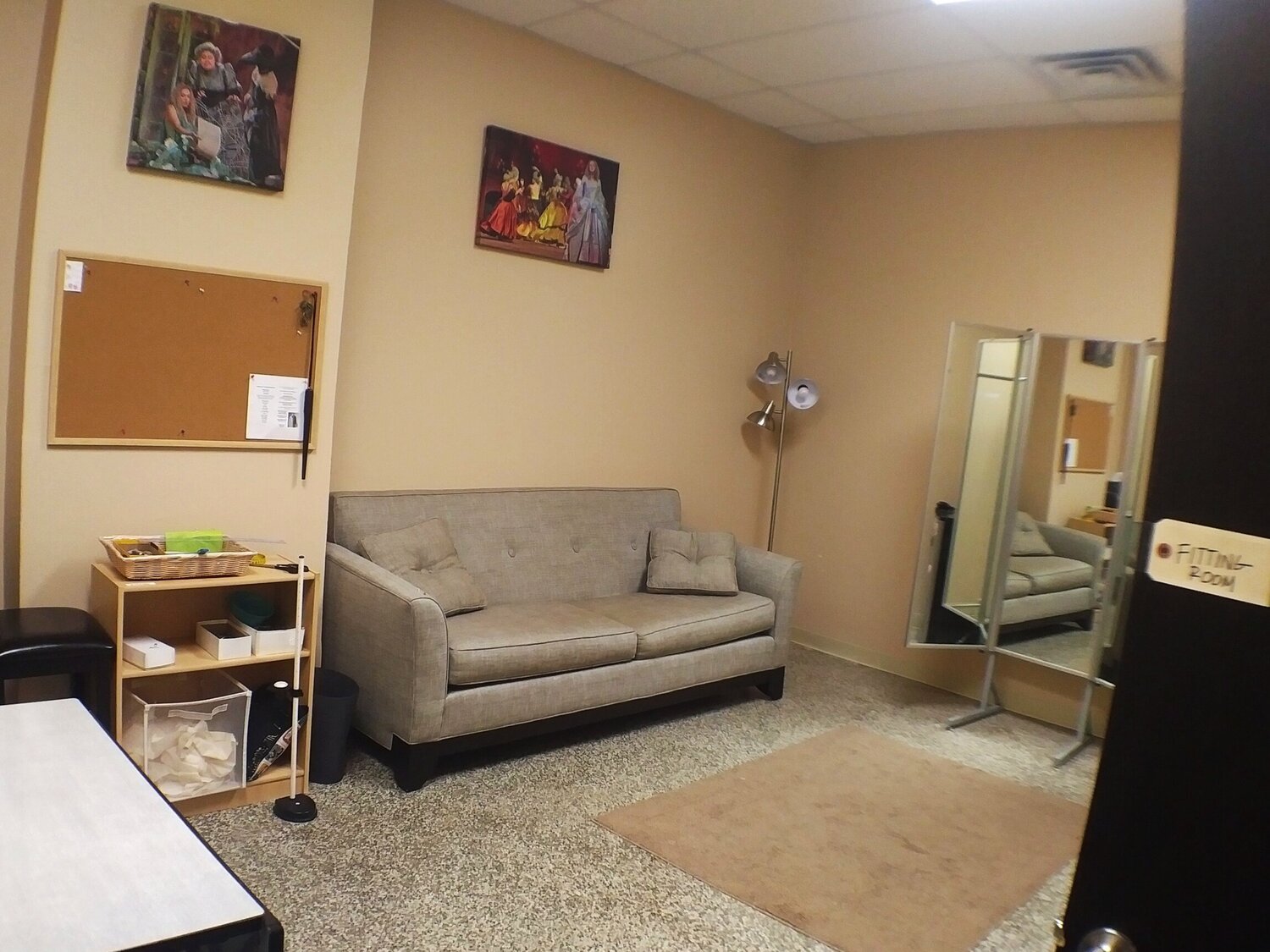By: Kristen P Ahern
Elsa posing with The Sex Issue of The Chicago Reader which featured an article on her work in labor equity. Photo from Elsa’s Instagram, used with permission.
To kick off our 2021 season of Conscious Heroes, I want to circle back to our first Hero: Elsa Hiltner. I’ve learned so much from a year of interviewing and writing that I thought Elsa deserved a more robust profile like many of the other people featured in 2020! Elsa Hiltner is a Costume Designer and Wardrobe Stylist for theatre, film, commercials, and events based in Chicago.
Elsa’s work in labor equity began as concerns about labor surrounding the clothes that she buys and wears. Like many people in the sustainable fashion world, the Rana Plaza disaster in April 2013 was a moment of awakening. Elsa read books about the changing fast fashion industry (Overdressed) and gender issues in the evolution of clothing (Sex and Suits) and looked for a way to get involved with labor in the garment industry. She searched for information specific to the costume industry, recognizing how the gendered and exploitative pay in the garment industry was reflected in theatre but couldn’t find any resources so she took it upon herself to begin writing.
Elsa published her first article, “A Call for Equal Support in Theatrical Design,” in Howlround as that seemed like the type of platform where people would be receptive to what she researched. Since I last shared Elsa’s work, she has written two additional articles for Howlround: “Inequity by Design” and “Pay Equity: What’s in it for Theatre Companies?” Elsa continued working with Howlround for the subsequent articles because it is easy to submit ideas and she was already familiar with the process. Elsa finds many ways that her design skills translate over into this writing and activism. As many of us have discovered in this last year, our skills can be repurposed in new ways. Writing an article has a flow similar to the design process, how each article feeds into the next, in the research and mental (and physical!) organizing during the prep work.
In her latest article: “Pay Equity: What’s in it for Theatre Companies?” Elsa sets out to make the case that companies, not just individuals, benefit from pay equity. Aside from the fact that we should all care about each other and not exploit fellow artists (or other humans), Elsa’s research shows that people, including artists, do better work when they are paid equitably. She asked approximately forty-five Chicago local theatre executives a series of questions about how they define pay equity, what they see as benefits for enacting pay equity, what tools are needed to enact pay equity, and what their motivations are for doing it in the first place. Perhaps if the industry and artists understand these things then we can work on creating the tools and motivations for companies. I highly recommend a careful read of all of Elsa’s incredible work for more information about her research and conclusions.
One point that Elsa is always careful to make is that the onus should not be on individual artists to advocate for themselves but that the companies and industry need to push for collective, institutional change. So what can individuals do? Elsa says “Every time I take a job, I’m approving of a system, approving of the way it’s being done. So if people on the team aren’t being paid equitably, I’m approving that, I’m normalizing it.” This is an awareness that every artist needs to have, be aware of the collective power dynamic, who has the power to say yes or no to pay rates or contract stipulations.
One of Elsa’s early projects was the Theatrical Designer Pay Resource, an anonymous crowd-sourced pay transparency document with years of pay data from designers across the US, representing every major theatrical market. Elsa sees her activist role as starting conversations; that asking questions to encourage people to talk and think is her main organizing strategy. Besides writing, her latest project is On Our Team, which Elsa co-founded one year ago, with Bob Kuhn, Christine Pascual, and Theresa Ham to address ongoing labor and pay equity issues in Costume Design and other theatrical design areas.
For many, it feels as if the theatre industry has the potential for a turning point right now. Elsa and I discussed the generalization that the theatre industry, as a whole, values cheap over good (or fair). This in turn is why society doesn't value art or theatre, there is little value placed on the skill, expertise, and longevity of the people involved. As a result, we are losing a lot of very talented people. Even before Covid, many found that theatre is not sustainable as a career, which is bad for the industry, the artists, and for the art. We have an opportunity to grasp the way that goods, labor, the environment, etc… are holistically connected and we should work for a society that benefits everyone so we can live in a safer and healthier world.
One of Elsa’s early projects was the Theatrical Designer Pay Resource, an anonymous crowd-sourced pay transparency document with years of pay data from designers across the US, representing every major theatrical market. Elsa sees her activist role as starting conversations; that asking questions to encourage people to talk and think is her main organizing strategy. Besides writing, her latest project is On Our Team, which Elsa co-founded one year ago, with Bob Kuhn, Christine Pascual, and Theresa Ham to address ongoing labor and pay equity issues in Costume Design and other theatrical design areas.
For many, it feels as if the theatre industry has the potential for a turning point right now. Elsa and I discussed the generalization that the theatre industry, as a whole, values cheap over good (or fair). This in turn is why society doesn't value art or theatre, there is little value placed on the skill, expertise, and longevity of the people involved. As a result, we are losing a lot of very talented people. Even before Covid, many found that theatre is not sustainable as a career, which is bad for the industry, the artists, and for the art. We have an opportunity to grasp the way that goods, labor, the environment, etc… are holistically connected and we should work for a society that benefits everyone so we can live in a safer and healthier world.
As individuals, we need to keep this conversation happening, continue advocating for yourself if you feel you have the privilege to do so, but also find ways to create groups where you can take a collective stand. Elsa found that her collaborative skills from theatre have been particularly helpful when working with designers around the country who are working on similar issues and how they can support each other and build off each other’s work. Two such groups are the Chicago Costume Community and the Costume Enclave in Minneapolis/St. Paul, in both cases, these groups are a community of individuals coming together to discuss costume unique issues and “lean in the right direction.”
The minds behind On Our Team. Left to Right: Bob Kuhn, Christine Pascual, Elsa Hiltner, and Theresa Ham. Photo credit to the server at Eleven City Diner, taken from Elsa’s Instagram and used with permission.
Elsa is already working on the 4th essay and I cannot wait to see how she builds on the powerful call for more equity in theatre! She is also now working as a pay equity consultant to help theatre companies establish pay equity policies. Elsa has been featured in The Chicago Reader, The Smartistry podcast, and will be appearing on an episode of the new podcast Dirty Laundry. Elsa was also instrumental in establishing Call Time, to cultivate and share mental wellness resources with Chicago theater workers while de-stigmatizing mental illness. She hopes to continue to push people to change how they frame pay equity, which is why she is our Conscious Hero for January!
This post contains affiliate links to Bookshop.org that help me support this work.
Kristen is the founder of Conscious Costume and a designer, activist, organizer, and educator in the Chicago area.























